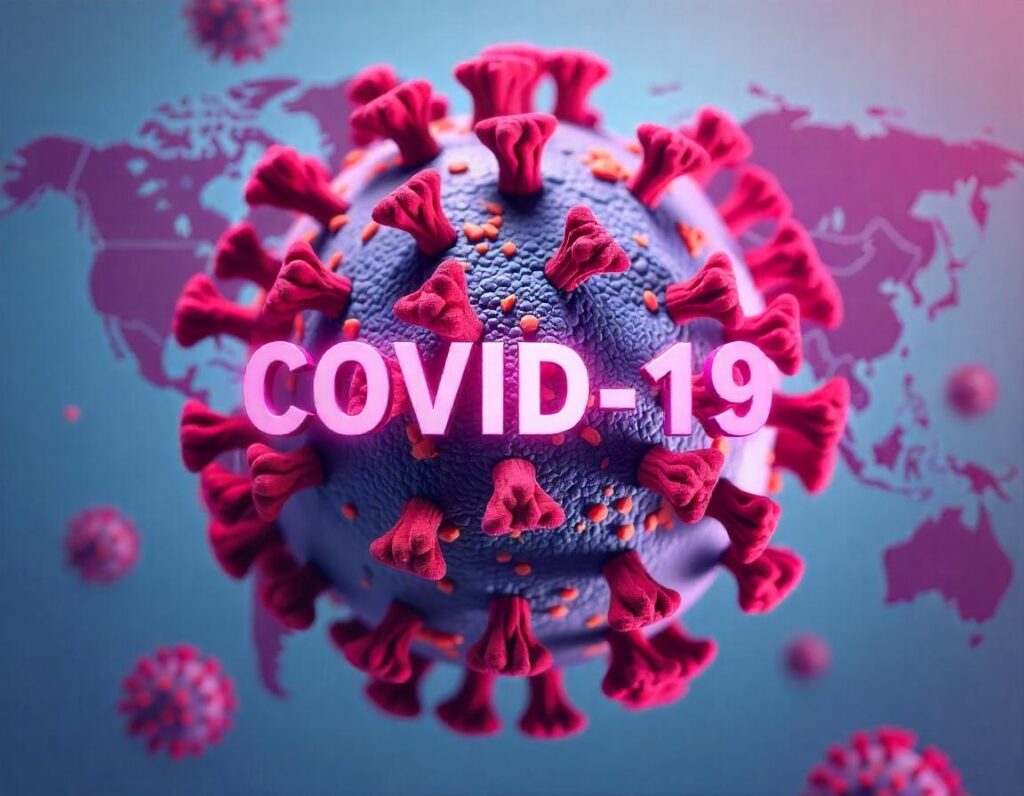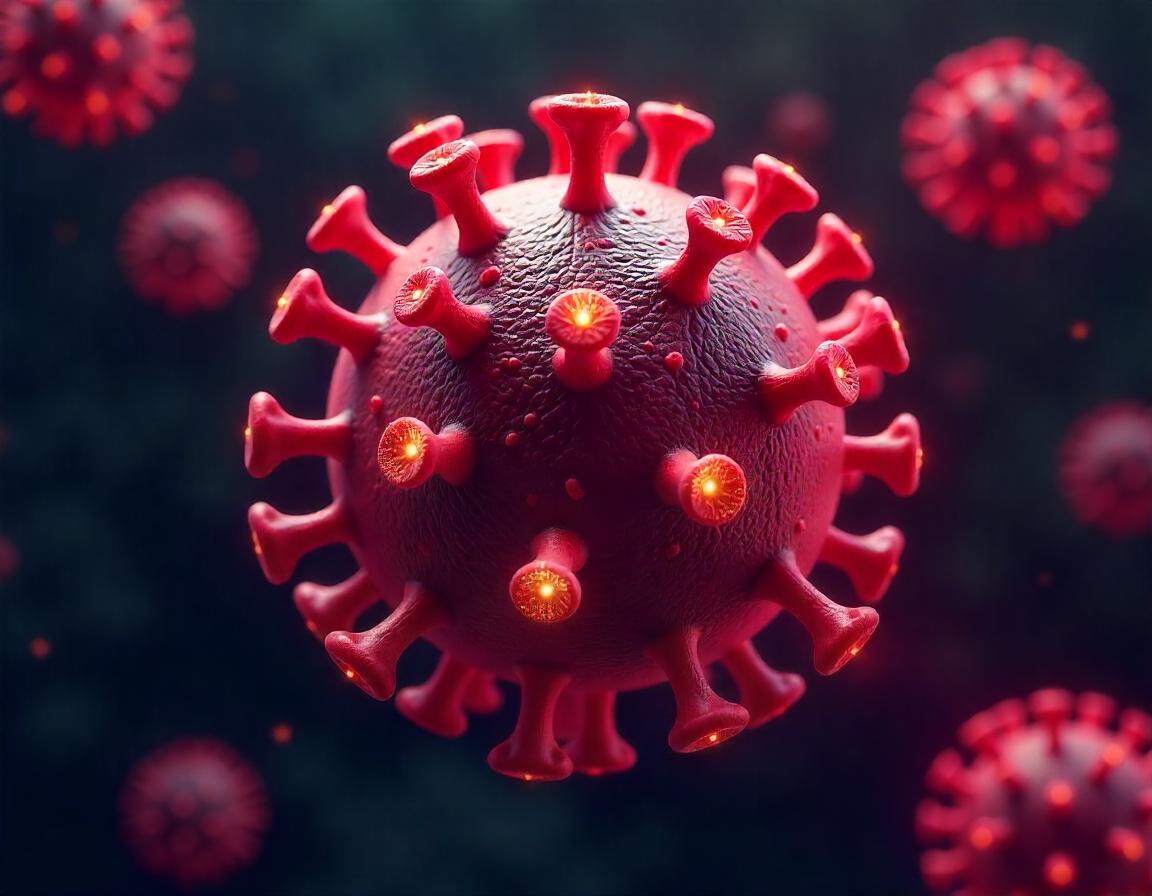The COVID-19 pandemic has been one of the most defining global crises in recent history, leaving an indelible mark on public health systems, economies, and societies. Amid ongoing research and responses, terms like “Corona1212 912023” have emerged, sparking questions about their relevance in tackling this global challenge. This article explores the possible significance of “Corona1212 912023” within the broader context of COVID-19, addressing its implications, potential breakthroughs, and frequently asked questions.
The Context: A World Transformed by COVID-19
Before diving into the specifics of “Corona1212 912023,” it’s important to understand the backdrop of the COVID-19 pandemic:
1. The Origins of COVID-19

COVID-19, caused by the SARS-CoV-2 virus, was first identified in Wuhan, China, in late 2019. The virus quickly spread worldwide, prompting the World Health Organization (WHO) to declare it a global pandemic in March 2020. Its rapid transmission, coupled with a range of symptoms and severe complications in vulnerable populations, created an unprecedented public health crisis.
2. Global Response to the Pandemic
Efforts to combat the pandemic have included widespread testing, social distancing measures, mask mandates, and the development of vaccines. Governments, healthcare organizations, and researchers have worked tirelessly to address the challenges posed by the virus.
Decoding “Corona1212 912023”: What Does It Represent?

While the exact meaning of “Corona1212 912023” is not universally recognized, several interpretations can be considered based on the terminology’s components:
1. The “Corona” Prefix
The term “corona” directly refers to the novel coronavirus (SARS-CoV-2) responsible for COVID-19. It aligns with the broader lexicon surrounding the pandemic, such as “coronavirus variants,” “corona vaccines,” and “corona response measures.”
2. The Numbers “1212” and “912023”
The numerical components could signify specific dates, milestones, or research identifiers linked to the pandemic. For instance:
- “1212” might refer to December 12th, a date that could coincide with notable developments, such as vaccine approvals or policy decisions.
- “912023” could point to a timeline projection, such as September 2023, reflecting advancements or goals in pandemic management.
Without additional context, the exact significance of these numbers remains speculative. However, they likely represent milestones or identifiers in ongoing COVID-19 research and response strategies.
Key Areas of Focus Linked to “Corona1212 912023”
1. Advancements in COVID-19 Vaccines
Vaccination has been a cornerstone of global efforts to combat the pandemic. The introduction of mRNA vaccines, such as Pfizer-BioNTech and Moderna, marked a breakthrough in immunology. If “Corona1212 912023” is tied to vaccine research, it could denote:
- New vaccine candidates targeting emerging variants.
- Efforts to improve vaccine accessibility in low-income countries.
2. Variants of Concern
The SARS-CoV-2 virus has mutated over time, leading to variants such as Delta, Omicron, and others. These variants often pose challenges for vaccine efficacy and public health responses. “Corona1212 912023” might relate to tracking or addressing a specific variant or conducting genomic surveillance.
3. Long COVID and Post-COVID Syndrome
Many COVID-19 survivors experience lingering symptoms, collectively termed “long COVID.” Research into understanding, diagnosing, and treating long COVID could be a critical area linked to “Corona1212 912023.”
4. Pandemic Preparedness
The pandemic has underscored the need for global preparedness to handle future outbreaks. If “Corona1212 912023” signifies a milestone in policy or technology, it could include:
- Improved diagnostic tools.
- Enhanced global health infrastructure.
- Strategic stockpiling of medical supplies.
Challenges in COVID-19 Management
1. Vaccine Hesitancy
Despite the availability of effective vaccines, vaccine hesitancy remains a significant barrier to achieving herd immunity. This hesitancy often stems from misinformation, cultural beliefs, or fear of side effects.
2. Inequitable Access to Vaccines
Global vaccine distribution has been uneven, with low-income countries facing shortages. Efforts like COVAX aim to address this disparity, but challenges persist.
3. Emerging Variants
Variants such as Delta and Omicron have demonstrated the virus’s ability to adapt, making it critical to maintain vigilance and update vaccines accordingly.
4. Fatigue and Complacency
After years of living with the pandemic, many populations have experienced “pandemic fatigue,” leading to reduced adherence to public health guidelines.
Opportunities for the Future
1. Strengthening Global Health Systems
The pandemic has highlighted the importance of robust healthcare systems capable of responding to crises. Investments in research, personnel, and infrastructure are essential.
2. Leveraging Technology
Technological advancements, such as AI-driven diagnostics and telemedicine, have proven invaluable during the pandemic. Future innovations could revolutionize how we approach disease management.
3. Building Trust Through Transparency
Clear communication and transparency from governments and health organizations are key to fostering trust and encouraging public cooperation.
FAQs About Corona1212 912023 and COVID-19
1. What does “Corona1212 912023” mean?
“Corona1212 912023” appears to be a reference tied to COVID-19, potentially signifying research, milestones, or dates related to pandemic efforts. Its exact meaning remains speculative without additional context.
2. How has COVID-19 impacted the world?
The pandemic has affected every aspect of life, from public health to global economies. It has prompted widespread changes in how societies function, including remote work, digital transformation, and renewed focus on healthcare infrastructure.
3. Are vaccines effective against new variants?
Vaccines have proven effective in reducing severe illness and death, even against variants. However, ongoing research aims to improve their efficacy against emerging strains.
4. What is long COVID?
Long COVID refers to a range of symptoms that persist for weeks or months after the acute phase of a COVID-19 infection. Symptoms include fatigue, brain fog, and difficulty breathing.
5. How can we prevent future pandemics?
Preventing future pandemics requires global cooperation, investment in healthcare systems, early detection mechanisms, and sustainable practices to reduce the risk of zoonotic diseases.
6. What role does technology play in pandemic response?
Technology has been instrumental in diagnostics, vaccine development, contact tracing, and public health communication during the COVID-19 pandemic.
7. What are the challenges in achieving global vaccine equity?
Challenges include production limitations, supply chain issues, patent restrictions, and logistical barriers in delivering vaccines to remote areas.
8. Will COVID-19 become endemic?
Many experts predict that COVID-19 will become endemic, meaning it will persist in populations at lower levels, similar to the flu. Vaccination and public health measures will remain crucial.
9. How do mRNA vaccines work?
mRNA vaccines, like Pfizer-BioNTech and Moderna, teach cells to produce a protein that triggers an immune response, providing protection against the virus.
10. How can individuals contribute to pandemic control?
Individuals can contribute by getting vaccinated, following public health guidelines, staying informed, and promoting accurate information within their communities.
Conclusion
“Corona1212 912023” represents a term that invites curiosity and highlights the ongoing efforts to tackle the complexities of COVID-19. Whether referring to a research milestone, a specific variant, or a future projection, it underscores the need for vigilance, innovation, and global cooperation in the fight against the pandemic. As the world continues to adapt and rebuild, the lessons learned from COVID-19 will shape our preparedness for future health challenges.










